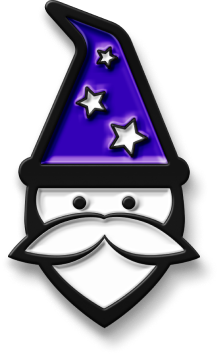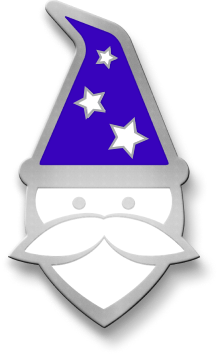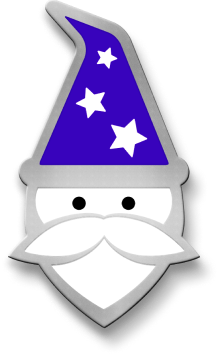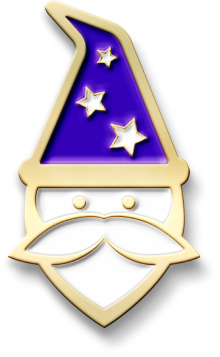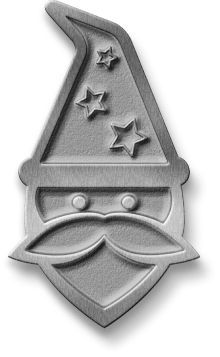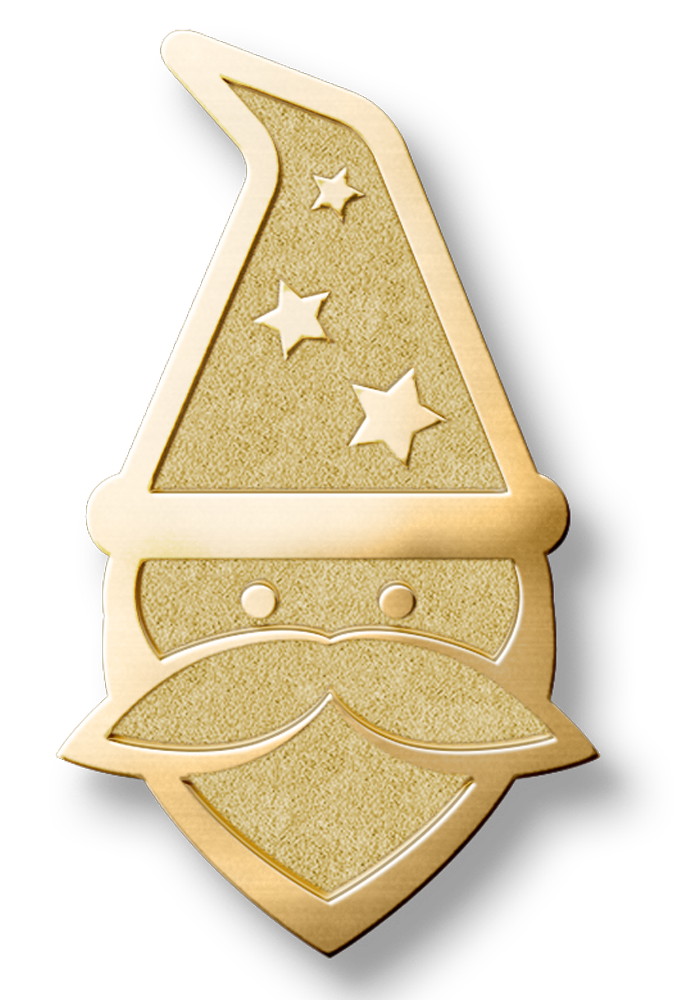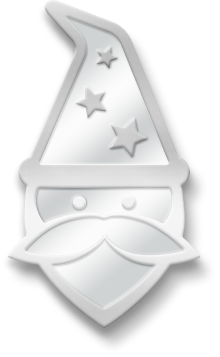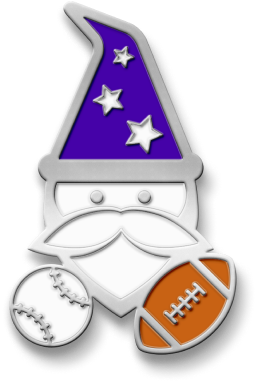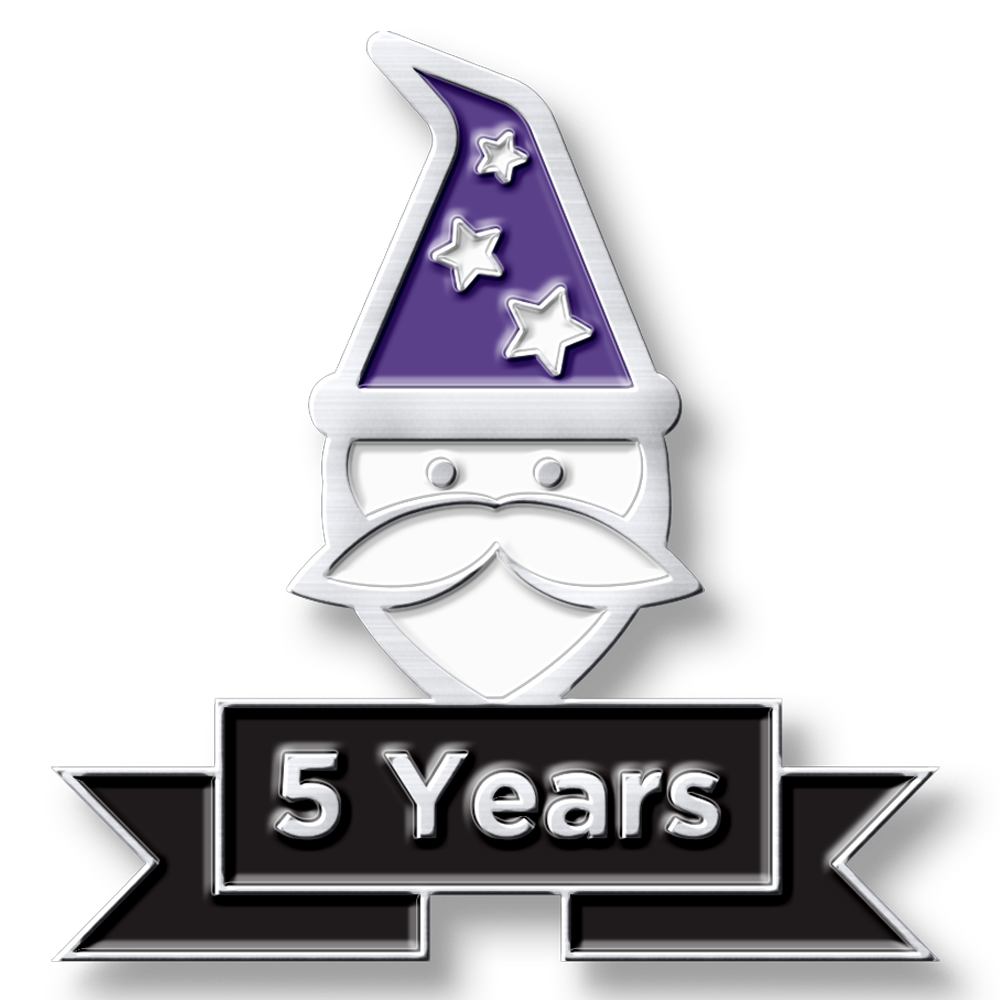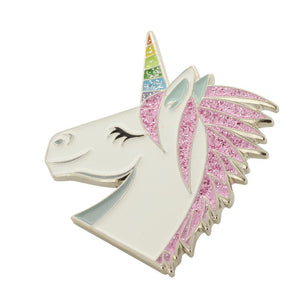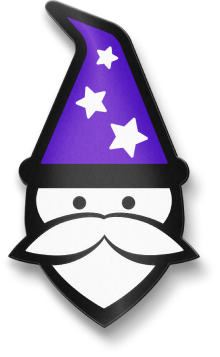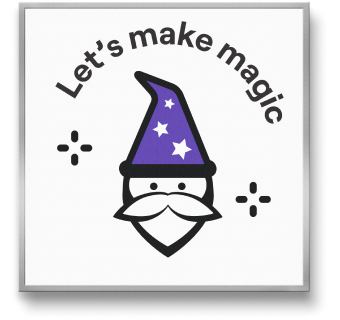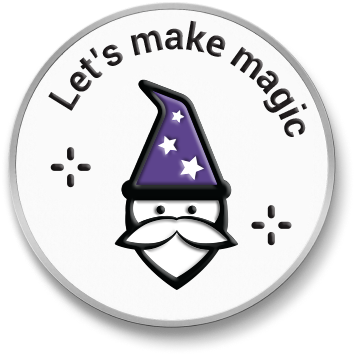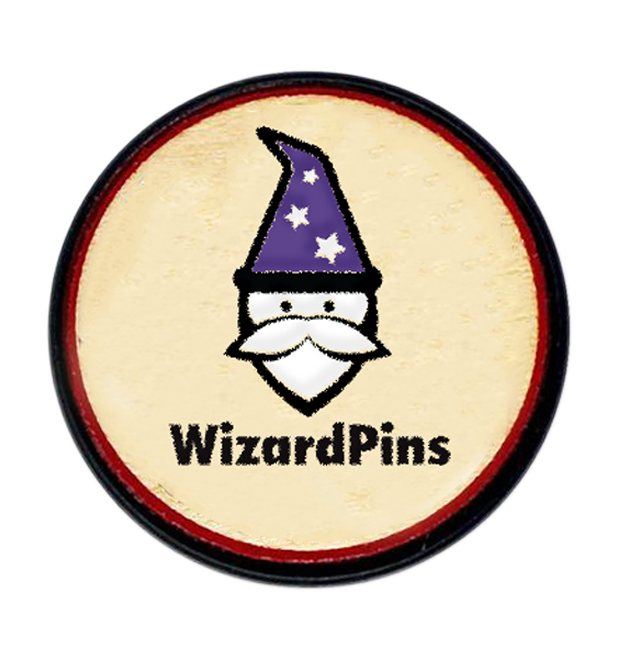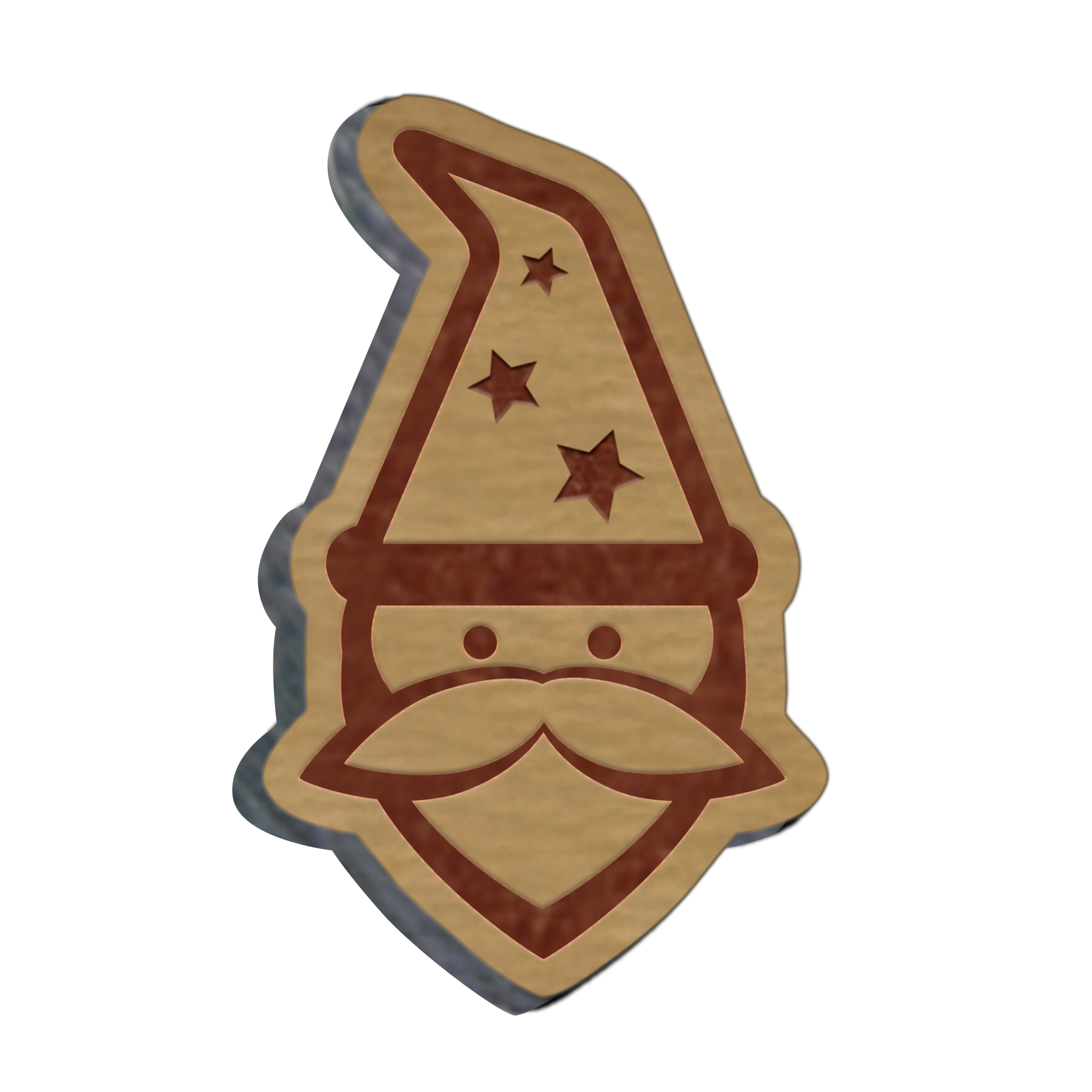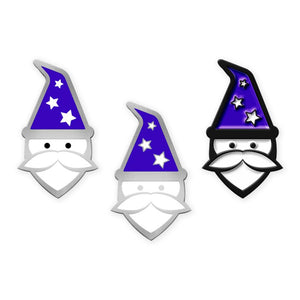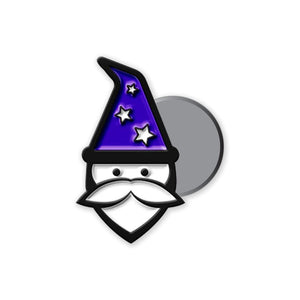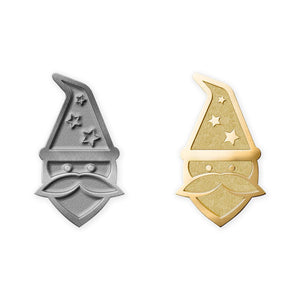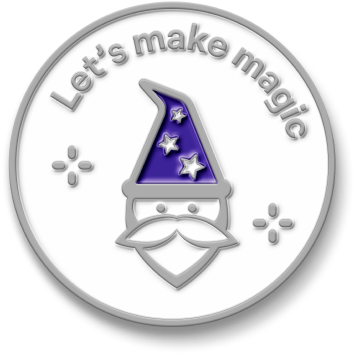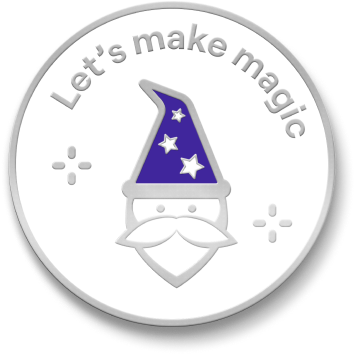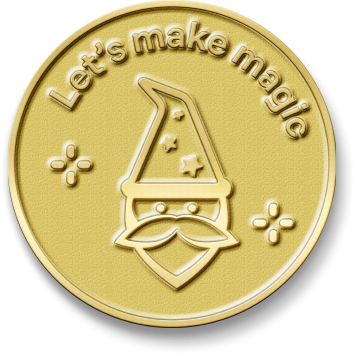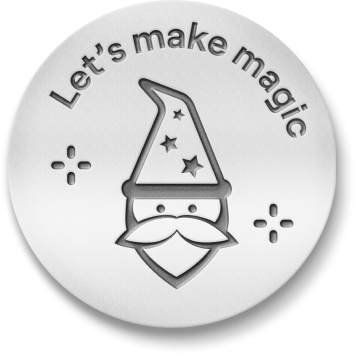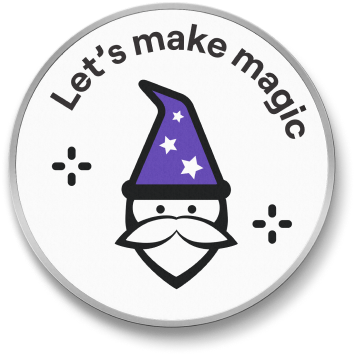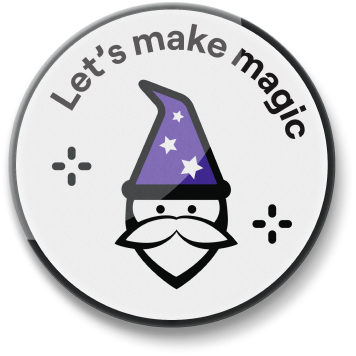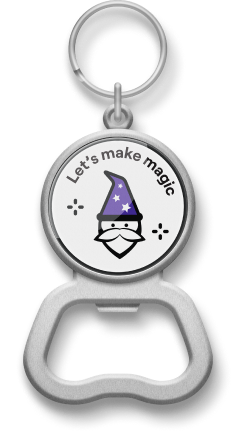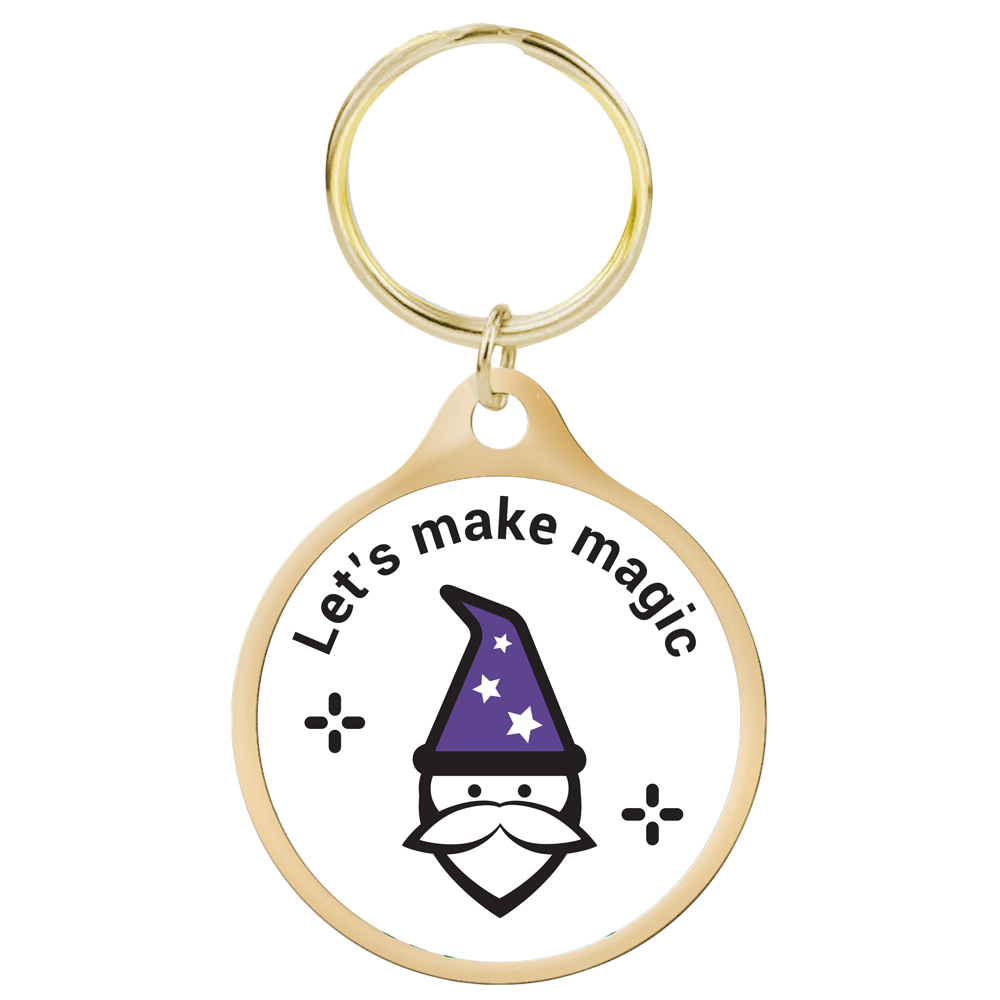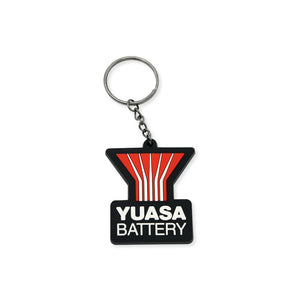Beginner to Medal Winner: A Guide to Running
The sense of accomplishment after finishing a long run is so great it has a name: a runner's high. Like any vigorous cardiovascular workout, running burns calories, sheds fat, improves your heart rate and lowers your blood pressure. Maybe you're looking to lose a few extra pounds or want to start spending more time outdoors. Running and jogging is a great activity that can be started with minimal investment. Although a lot of us wish we could be in better shape and win medals and trophies, the prospect of starting a daily running program can seem daunting. However, with the right pair of shoes, a little knowledge and a lot of persistence you could find yourself polishing gold and silver medals sooner rather than later.
-
Walking is Good, Running is Better: Any activity that gets you off the couch and out moving around is good for your body. Although taking a walk every day is a good health benefit, adding a run or some more vigorous exercise can really boost your health.
-
Running for Health: Doctors recommend running for your health, but be sure to take proper precautions such as staying hydrated and running on safe trails.
-
Is Running Good or Bad For You? Before starting any running or exercise program, check with your primary care physician to make sure there are no additional risks.
-
The Pros and Cons of Running: Although regular exercise is good for your body in the long run, there are some risks associated with running that should be taken under consideration. For some people, running puts stress on joints such as ankles and knees and certain precautions should be taken.
-
How to Choose the Best Running Shoes: We all enjoy shopping for a bright new pair of sneakers or gym shoes, but when it comes to choosing a pair strictly for running, comfort and fit is king. First, decide what kind of running you'll be doing: a few laps around the neighborhood or a tough, muddy run in the hills? A simple running shoe with good cushioning will be fine for everyday runs, but anything off-road or through uneven terrain requires a trail running shoe.
-
How to Shop for Trail Running Shoes: Trail shoes are running shoes with rugged soles and added ankle support. These features help compensate for running on uneven and soft or muddy surfaces.
-
How to Stretch Before a Run: Watch football, soccer, or any track meet and you'll see all the athletes who aren't actively competing stretching and staying warm. Stretching before any vigorous exercise like running helps you avoid injury.
-
Running and Jogging: Preventing Injury: Any physically demanding activity carries some inherent risk, and running is no different. From avoiding ankle sprains to staying visible to passing motorists, there are a number of safety considerations.
-
30 Day Running Challenge: Beginners and New Runners: If you're ready to get started, here's a simple 30-day running program to ease you in without being overwhelmed.
-
5k Run: 7-week Training Schedule for Beginners: Once you've gotten into the habit of running, you might want to sign up for a road race. There are track and running clubs that host 5k runs, as well as themed fun runs. A 5-kilometer run is 3.1 miles, so if you're not up to the distance quite yet, here's a Mayo Clinic recommended training regimen to get you there.
-
How to Prepare for a 5k in 8 Weeks: Keeping yourself motivated over several weeks isn't always easy, so it's important to have a solid support group. Looking up local running clubs or track clubs is a great way to meet other runners. A lot of them even give out trophies and medals.
-
Distance Running for Health: After you've been training for a while you might find the same 5k or 10k runs aren't providing a real challenge anymore. Attempting a half-marathon or marathon is a difficult next step, so it's important to plan extensively and develop a training regimen to increase the likelihood of a successful race.
-
Interval Workouts: After a few months of training, you'll find yourself having more control over your pace per mile and overall distance. Interval training is what cross-country and track athletes do in preparation for their season and big meets.
-
Endurance and Stamina: These are two terms you will hear a lot of if you hang around runners and triathletes. Simply put, the more often you train, the faster you'll improve. However, if you train effectively you can start pushing through your longer and tougher runs.
-
20 Tips for Running Motivation: There are any number of reasons for wanting to go running, but some mornings it's really tough to get out of bed. Here are some things to keep in mind on days you find yourself lacking motivation.
-
Mental Benefits of Running: Johns Hopkins examines the idea behind a "runner's high" and explores the other positive mental benefits of jogging and running.
-
The Complete Runner's Diet: Whatever you ate for dinner the night before your run is what's fueling you. Runners require higher carbohydrate intake than others because of the rate at which you burn through calories while running. Making healthy dietary choices is not only great for your overall health but will aid in your training.
-
The Science of Medal-Winning Marathon Running: Depending on your age, how you approach your running program will differ. The older you are, the more maintenance and recovery time your body will need.
-
The History of Distance Running: As the Olympics grew in popularity in the early 20th century, track and field events grew along with them. Athletes also discovered the benefit of interval training and incorporated these workouts into track programs across the world.
-
The History of Marathons: There's a lot of marathons being held all over the world and participation is higher than ever. Most people know that the original marathon hails from Ancient Greece, but this is the whole story.
-
The Life of Steve Prefontaine: For a brief period in the 1970s, Steve Prefontaine was the best American distance runner, bar none. His hard racing style and short but illustrious life have captivated and inspired distance runners ever since.
